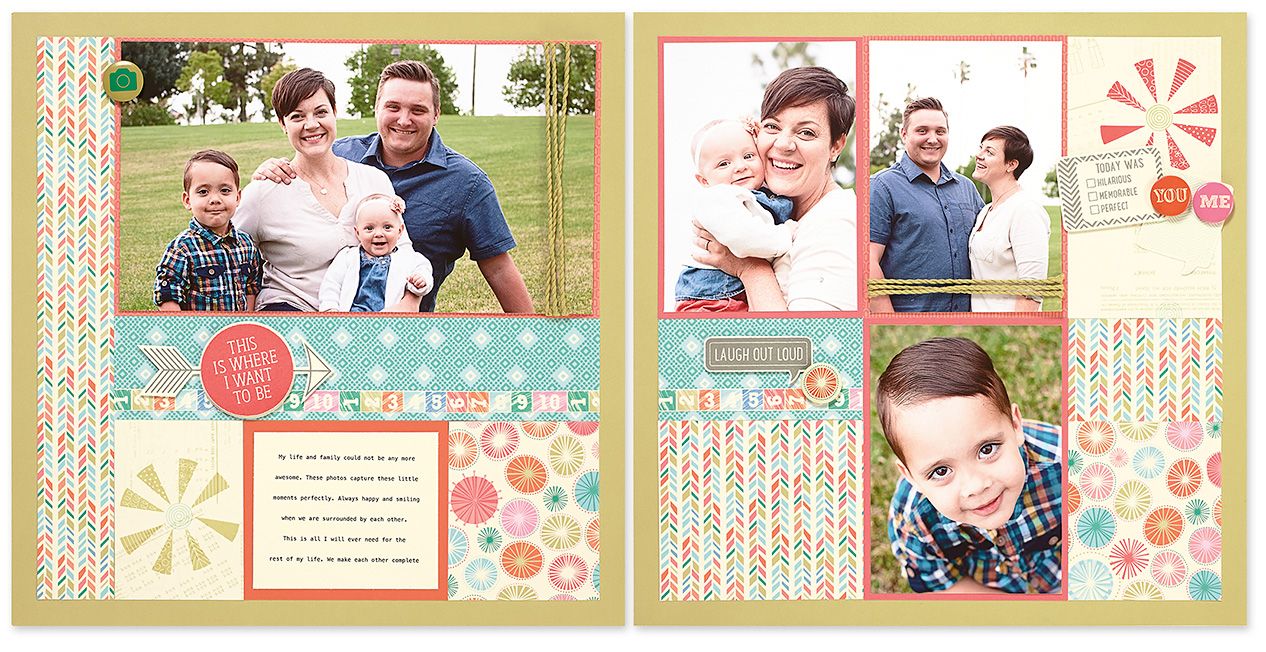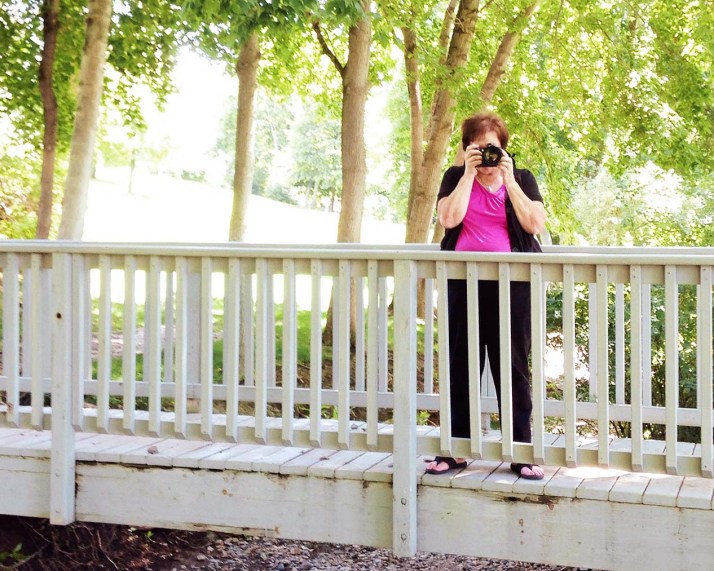 I love the colour purple & I'm growing to like little owls. I thought this little guy was cute & my craft girls wanted to learn to do a twisted easel card so I decided to make them up as a kit for them.
I love the colour purple & I'm growing to like little owls. I thought this little guy was cute & my craft girls wanted to learn to do a twisted easel card so I decided to make them up as a kit for them. I cut a 11"x 8.5" as the base card then scored it at 5.5" & again on the diagonal on the left 5.5" square. I used 4 of the Close To My Heart Cricut cartridges for the Owl, Fancy Square, Branch & the Happy Birthday. In the Cricut Design Space I laid them all out & cut the whole thing on my Cricut Explore. I'm learning the software so if I can cut it all out (including the base etc.) then that's more practice for me. The little Owl was all cut & then paper pieced together & I used 3d foam to build him up a bit & again for the Sentiment so it is then used as a stop for the card when opened. I had alot of fun doing this card, I wanted to do one with just cut files & no stamping, I inked around the Owl to make him stand out a bit more & inked over the little butterfly & finished him off with some bling, I had to get that in somewhere, I just love to put bling on everything.
I cut a 11"x 8.5" as the base card then scored it at 5.5" & again on the diagonal on the left 5.5" square. I used 4 of the Close To My Heart Cricut cartridges for the Owl, Fancy Square, Branch & the Happy Birthday. In the Cricut Design Space I laid them all out & cut the whole thing on my Cricut Explore. I'm learning the software so if I can cut it all out (including the base etc.) then that's more practice for me. The little Owl was all cut & then paper pieced together & I used 3d foam to build him up a bit & again for the Sentiment so it is then used as a stop for the card when opened. I had alot of fun doing this card, I wanted to do one with just cut files & no stamping, I inked around the Owl to make him stand out a bit more & inked over the little butterfly & finished him off with some bling, I had to get that in somewhere, I just love to put bling on everything.
The products I used:
Close to My Heart Artistry Cricut Cartridge Z3167.
Close to My Heart Art Philosophy Cricut Cartridge Z3171.
Close to My Heart Artbooking Cricut Cartridge Z3169.
Kaleidoscope Paper Packet X7202B.
Gypsy Cardstock X5757.
White Daisy Cardstock 1385.
Kraft Cardstock Z1375.
Topiary Cardstock X5635.
Black Cardstock 1386.
Plus I used alot of leftover scraps.
Eggplant Exclusive Inks Stamp Pad Z2647.
Gypsy Exclusive Inks Stamp Pad Z2190.
If you would like information about anything you see or would like to place an order or even become a consultant & join my team - please don't hesitate to send me a message at mtlamont52@gmail.com, I will be happy to help you in any way I can or purchase directly from my Online Shop & have it delivered right to your door. I also offer scrapbooking, card making, base & bling & papercrafting classes......contact me to find out more.






















.jpg)

